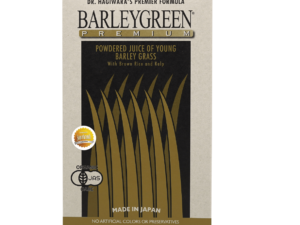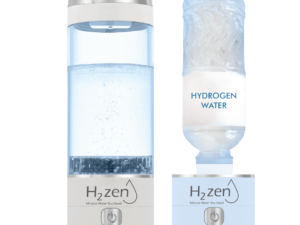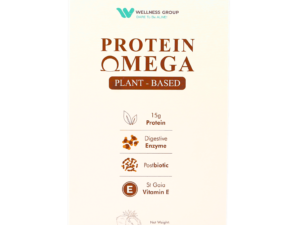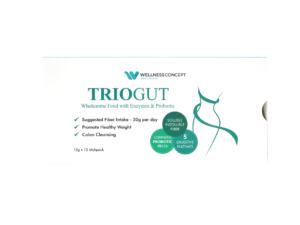Natural Probiotics vs. Supplements Comparison: Wellness Guide
What if the key to better health isn’t found in a pill bottle but in your kitchen? This guide dives into the bustling universe of microorganisms living inside you—trillions of them—and explores how to harness their power through everyday choices.
Your body hosts a delicate balance of helpful and harmful microbes. Like a thriving ecosystem, this internal world impacts digestion, immunity, and even mood. While many turn to capsules for support, fermented foods like yogurt or kimchi offer live cultures that have sustained humans for centuries.
This wellness resource breaks down the science behind two approaches: traditional food sources and modern supplements. You’ll discover how factors like shelf life, strain diversity, and personal health benefits influence what works best for different lifestyles. Regulatory standards and production methods also play surprising roles in effectiveness.
No single solution fits everyone. Whether prioritizing convenience or tradition, understanding these options empowers smarter decisions for long-term well-being. Let’s explore how to align your choices with your unique goals.
Key Takeaways
- Your gut contains 10 times more microbes than human cells, forming a complex ecosystem
- Fermented foods provide diverse strains but vary in consistency compared to supplements
- Manufacturing processes impact potency and survival of beneficial cultures
- Personal health needs determine whether food-based or concentrated options work better
- Regulatory oversight differs between food products and dietary aids
Introduction to Probiotics and Supplements
Science defines probiotics as “live microorganisms that provide health benefits when consumed properly.” This 2014 consensus by global experts sets the standard for understanding these microscopic allies. Trillions of bacteria inhabit our bodies, but not all are villains—many work tirelessly to maintain balance.
Overview of Probiotics and Their Roles
Specific strains like Lactobacillus support digestion, while Bifidobacterium aids immune function. These bacteria form protective barriers against harmful invaders. Their effectiveness depends on surviving production processes and reaching your system alive.
Manufacturing matters. Heat treatments in foods or long storage times can reduce active cultures. Products listing colony-forming units (CFUs) indicate viable counts, though actual results vary.
The Rise of Supplementation
Pills and powders now deliver precise strain combinations for targeted needs. Busy lifestyles drive demand for shelf-stable options with measured doses. Unlike traditional fermented foods, these allow tailored approaches for specific wellness goals.
Research continues to explore optimal combinations. What works for gut health might differ from solutions for skin or mood support. Education helps users match products to personal needs effectively.
Understanding Natural Probiotics
Long before modern science, our ancestors preserved foods using methods that accidentally boosted their health benefits. Traditional fermentation transforms ordinary ingredients into living ecosystems teeming with helpful microorganisms. These age-old practices gave us staples like tangy kimchi and creamy yogurt—foods that still deliver active cultures today.
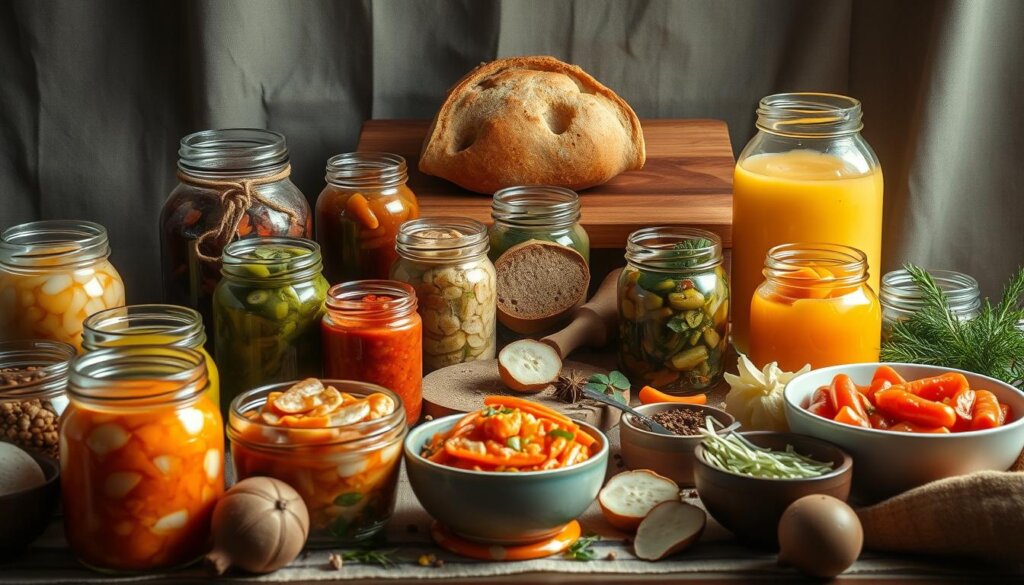
Key Probiotic Strains and Their Benefits
Specific bacterial strains drive fermentation’s magic. When manufacturers add Lactobacillus bulgaricus to milk, it thickens into yogurt while producing gut-friendly compounds. Sauerkraut develops its zing from Leuconostoc bacteria during cabbage fermentation. These microbial workhorses survive digestion better when consumed through food rather than isolated forms.
Not all fermented items retain live cultures. Heat-treated sourdough bread loses its bacterial benefits during baking. Similarly, vinegar-soaked pickles often contain dead microbes. “The probiotic content depends entirely on production methods,” notes a food scientist studying traditional preservation techniques.
How Fermented Foods Contribute to Health
Regular consumption of live-culture foods supports digestion and immune function. Kefir’s diverse microbial mix differs from kombucha’s yeast-driven brew, offering a variety of potential advantages. Research shows men experience specific benefits for men when maintaining balanced gut flora through dietary sources.
However, scientists caution that benefits vary between batches. Homemade kimchi might contain different bacterial counts than store-bought versions. While cheese and miso show promise, their exact health impacts require more study. For consistent results, some prefer standardized options—but food lovers argue tradition trumps predictability.
Natural Probiotics vs. Supplements Comparison
Choosing between dietary staples and concentrated formulas involves more than personal preference—it’s about matching microbial profiles to individual needs. Let’s examine how these options stack up in delivering active cultures.
Comparing Sources: Food vs. Dietary Supplements
| Fermented Foods | Dietary Supplements | |
|---|---|---|
| Strain Diversity | 1-2 strains (e.g., Yakult’s single Lactobacillus casei) | 5+ strains (e.g., Thc Lacto-5’s multi-strain blend) |
| CFU Count | Varies by batch | 1-50 billion per dose |
| Consistency | Natural fluctuations | Standardized amounts |
| Convenience | Large portions needed | Compact capsules |
| Storage | Refrigeration often required | Shelf-stable options available |
Food-based options like yogurt deliver live bacteria through familiar meals. However, achieving the 10 billion CFU found in one capsule might require drinking 10 bottles of Yakult daily.
Supplements offer precise strain combinations and measured amounts. A single pill can provide what multiple servings of fermented products deliver. This makes them practical for targeted wellness plans.
Storage needs differ sharply. Most fermented items lose viability without refrigeration, while many supplements survive room temperatures. Always check labels for viability guarantees.
Benefits of Probiotic Foods and Supplementation
Your daily choices at mealtimes or the pharmacy shelf can significantly influence your body’s microbial allies. Research reveals two standout advantages of maintaining these microscopic partners: digestive harmony and immune resilience.
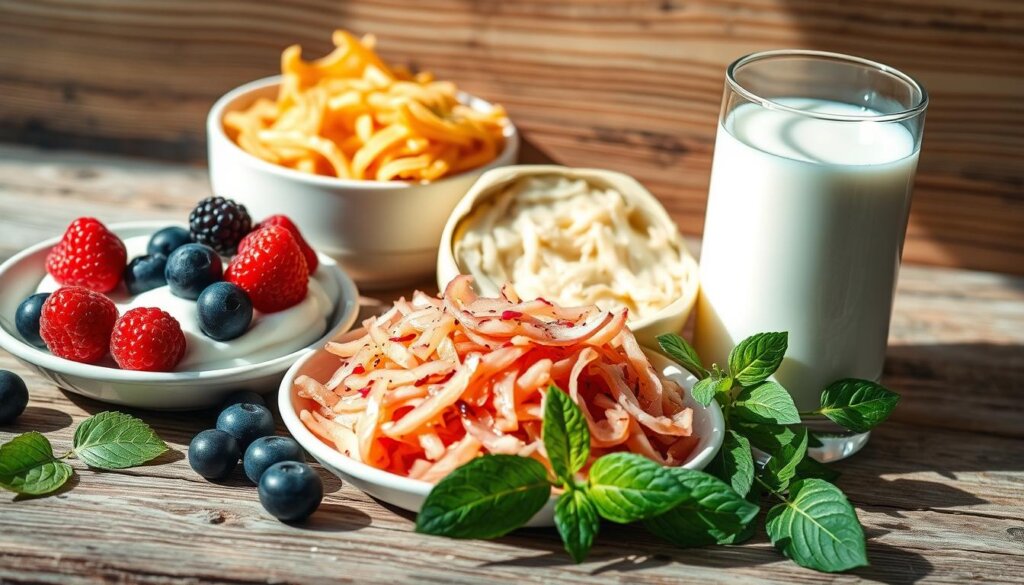
Nutritional Advantages and Health Effects
Gut support remains the most studied benefit, with over 30 clinical trials showing improvements in IBS symptoms and diarrhea recovery. Fermented foods like kefir deliver live cultures alongside vitamins B and K—nutrients rarely found in capsules.
Immune benefits depend on specific strains. Lactobacillus rhamnosus may reduce allergy risks, while Bifidobacterium lactis supports infection defense. Foods offer broader nutritional packages, including prebiotic fibers that feed good bacteria.
Quality Control and Regulatory Considerations
Supplements undergo strict testing for labeled CFU counts and strain accuracy. Food producers face different standards—live culture claims aren’t always verified. “Third-party testing bridges this gap,” notes a recent food safety report.
Emerging studies explore impacts beyond digestion, from skin clarity to mood regulation. While promising, these areas require more robust evidence. Combining yogurt with targeted supplements often yields the best results for modern lifestyles.
Scientific Evidence and Research Insights
Cutting-edge discoveries are reshaping how we view microbial health solutions. Researchers worldwide now track how specific strains interact with human biology, creating a dynamic field where food traditions meet laboratory precision.
Clinical Trials and Research Summaries
Only 23% of commercial products undergo rigorous testing, according to a 2020 clinical review. Verified supplements list strain codes like Lactobacillus rhamnosus GG, proven in studies to reduce antibiotic-associated diarrhea by 34%.
| Research-Backed Products | Unverified Options |
|---|---|
| Strain-specific labeling | Generic “probiotic blend” claims |
| CFU guarantees at expiration | Undisclosed survival rates |
| Peer-reviewed studies | Anecdotal testimonials |
Fermented foods present unique challenges. A kimchi batch might contain 10 million CFUs—or none—depending on storage conditions. This variability complicates health outcome measurements.
Expert Opinions and International Guidelines
The International Scientific Association for Probiotics and Prebiotics (ISAPP) clarifies proper usage standards. Their 2023 update states:
“Effective products require viable organisms in adequate doses supported by human trials.”
Healthcare providers often recommend combining dietary sources with targeted formulas. For those exploring options, the probiotic-antibiotic relationship guide helps navigate complex interactions.
Ongoing studies explore novel applications, from metabolic support to cognitive benefits. As evidence evolves, consumers gain clearer paths to informed choices—blending science with everyday wellness practices.
How to Choose the Right Option for Your Needs
Navigating the world of microbial health solutions doesn’t require a degree—just the right roadmap. Since no universal guidelines exist for healthy individuals, personalized strategies often yield the best results. Start by gathering information about your health history, dietary habits, and wellness goals before making decisions.
Consulting Healthcare Professionals for Personalized Advice
Healthcare providers assess three key factors: current medications, existing conditions, and nutritional gaps. They might recommend specific types of strains or combinations based on lab results or symptoms. For example, someone recovering from antibiotics may need different CFU counts than those maintaining general wellness.
Prepare this information before consultations:
- Recent medical reports or diagnoses
- List of supplements and prescriptions
- Preferred dietary sources (e.g., lactose tolerance)
Contacting Wellness Group in Malaysia for Expert Guidance
Wellness Group simplifies the selection process for Malaysian residents. Their team explains regulatory standards like NPRA’s MAL registration numbers and Meditag holograms—critical quality markers. Reach them via WhatsApp at +60123822655 during operating hours:
| Day | Hours |
|---|---|
| Monday-Friday | 9:30am – 6:30pm |
| Saturday | 10am – 5pm |
| Sunday | Closed |
When evaluating products, prioritize those with third-party testing and clear strain labeling. The manufacturing date and storage instructions also reveal viability. While fermented foods offer nutritional complexity, supplements provide standardized doses for targeted support.
Remember: Effective choices balance scientific evidence with lifestyle practicality. Professional guidance transforms overwhelming options into clear, actionable plans.
Conclusion
The secret to a thriving gut ecosystem could be hiding in your fridge or your medicine cabinet. Traditional fermented foods like yogurt and kimchi deliver live bacteria alongside vitamins and enzymes, supporting digestion while boosting overall nutrition. These culinary staples have nourished generations through their natural microbial diversity.
On the other hand, supplements provide specific strains in precise amounts, ideal for addressing particular health goals. Their shelf-stable formats and measured doses suit modern lifestyles seeking consistency. Studies show combining both approaches often yields optimal results—blending dietary variety with scientific precision.
Personal needs dictate the best path forward. Those prioritizing whole-food nutrition might lean toward kraut or kefir, while others benefit from concentrated formulas. Consulting healthcare experts helps tailor choices to individual requirements, especially when managing specific conditions.
For Malaysian residents, Wellness Group offers localized guidance to navigate these options effectively. Whether embracing time-honored foods or exploring targeted solutions, informed decisions empower lasting wellness through microbial balance.
FAQ
What are the best food sources for live bacteria?
Fermented options like yogurt, kefir, sauerkraut, and kimchi are rich in beneficial microorganisms. These items undergo processes that preserve their active cultures, supporting gut health and immune function.
Are there risks linked to taking capsules with live microorganisms?
While generally safe, some people may experience mild bloating or digestive discomfort initially. It’s wise to consult a healthcare provider before starting any new regimen, especially for those with weakened immune systems.
How do fermented items differ from store-bought options?
Foods like tempeh or miso provide diverse strains alongside nutrients like fiber and vitamins. Store-bought versions often focus on specific strains in controlled doses, which may target particular health goals more directly.
Can consuming these foods replace the need for additional products?
For many, a diet rich in fermented items offers enough live bacteria. However, those with specific needs—like post-antibiotic recovery—might benefit from higher doses found in specialized products.
What should someone look for when selecting a high-quality product?
Check labels for strain specificity, CFU counts, and expiration dates. Reputable brands often include third-party testing details, ensuring potency and purity align with claims.
Have studies shown clear advantages of including these in daily routines?
Research highlights benefits like improved digestion and immune support. Trials note varied results based on strains used, emphasizing the importance of matching products to individual needs.
When is it advisable to seek professional guidance?
Consulting experts is key for those managing chronic conditions, pregnant individuals, or anyone uncertain about dosage. Groups like Wellness Group Malaysia offer tailored advice for personalized plans.
Do international standards regulate these products?
Agencies like the FDA oversee manufacturing practices, but regulations vary. Opting for brands that adhere to GMP (Good Manufacturing Practices) ensures higher quality and safety standards.
Can combining foods and store-bought options enhance results?
Yes! Pairing a diverse diet with targeted strains from supplements can create a balanced approach. This strategy supports both general wellness and specific health objectives.

Khloe Tan
Khloe Tan is a Certified Nutritionist, Corporate Wellness Trainer, and Holistic Health Specialist with over 15 years of experience in the health and wellness industry. She has delivered more than 100 talks nationwide, inspiring and educating diverse audiences on nutrition, lifestyle, and sustainable wellness. Her work has positively impacted over 3,000 lives, and she continues to champion holistic approaches to well-being in both corporate and personal settings.

